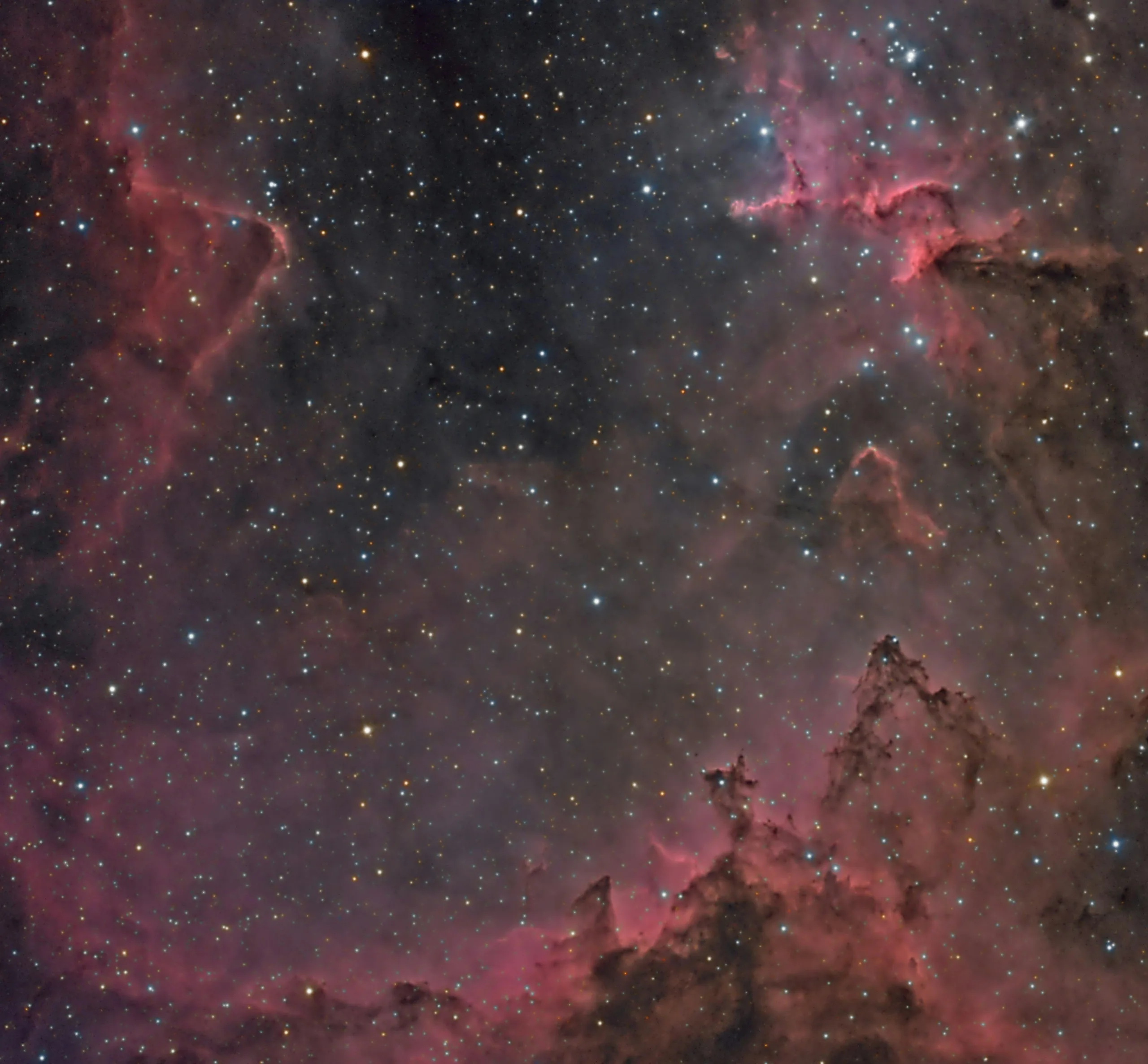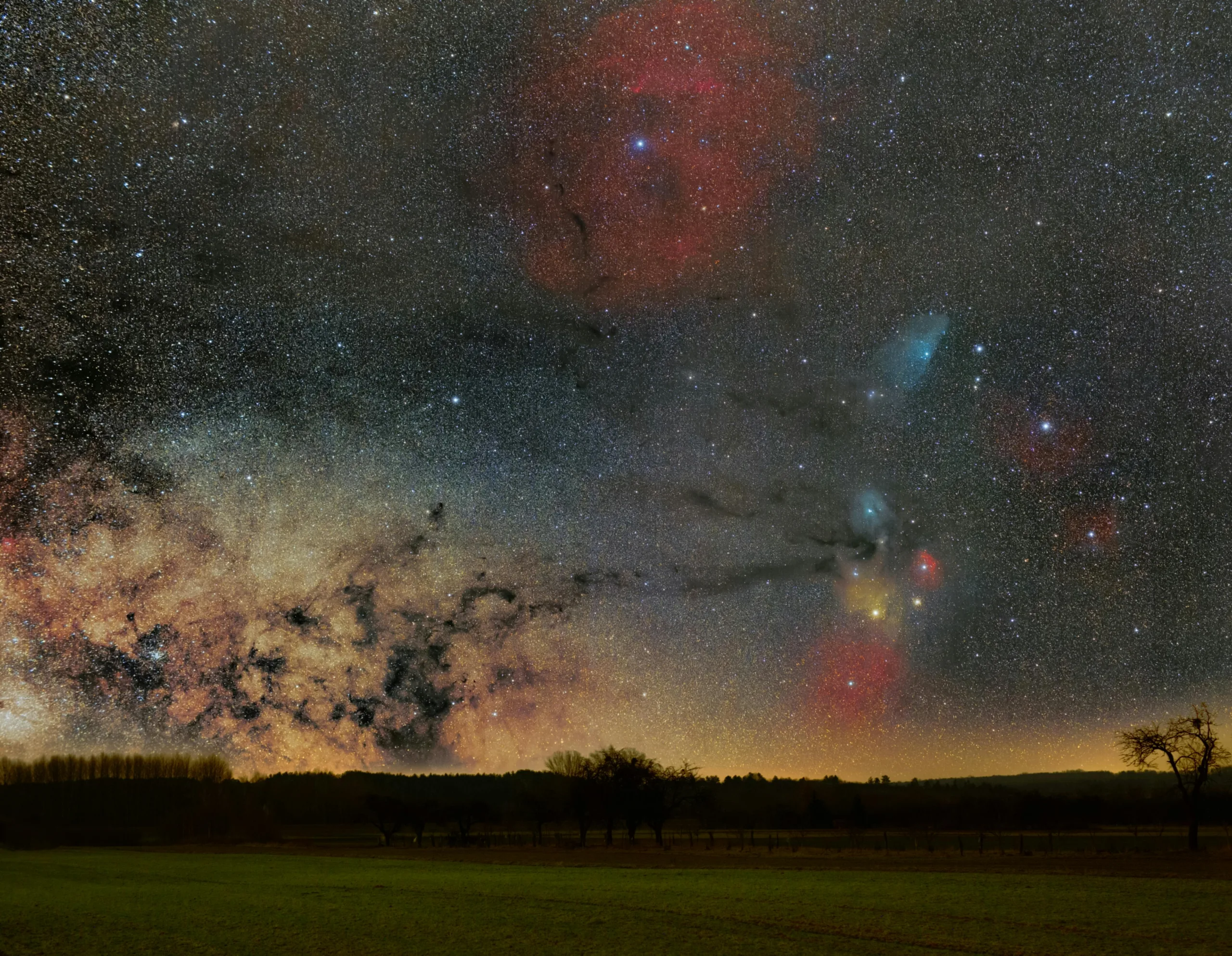Exploring the vast night sky with fellow stargazers offers an experience unlike any other, and that’s exactly what you’ll find at a star party. This article, “Exploring the Night Sky: What is a Star Party?” dives into the world of organized astronomical gatherings where enthusiasts of all levels come together with telescopes in hand to observe celestial wonders. From the history of these gatherings, tracing their roots back to the early days of amateur astronomy, to current trends showcasing how technology and social media have enhanced these events, you’ll get a comprehensive look into why star parties remain a popular and enduring tradition.
Key concepts will be explained to ensure you grasp the essentials, and through detailed examples and comparisons, you’ll understand the collective joy and educational value these events bring to all who attend. Join us as we explore the magical allure of star parties and imagine the future directions this star-studded experience could take.
Table of Contents
Exploring the Night Sky: What is a Star Party?
Have you ever gazed up at the night sky and wondered about the wonders beyond our Earth? Imagine sharing this awe with a group of enthusiasts while learning about the cosmos. Welcome to the fascinating world of star parties!

This image is property of images.pexels.com.
Overview
A star party is more than just a gathering; it’s an immersive experience for stargazing enthusiasts. These events bring together people from different walks of life who share a common interest in astronomy. Whether you’re a seasoned astronomer or a curious beginner, star parties offer a fantastic opportunity to enrich your understanding of the universe.
Thesis Statement
In this article, we will delve into what constitutes a star party by exploring its historical background, current trends, key concepts, and future implications. By the end, you’ll understand the profound impact star parties can have on both individuals and the community.
Historical Context
Early Beginnings
Star parties have been around for centuries, though they were not always called by this name. Ancient civilizations, such as the Greeks and the Egyptians, held communal sky-watching events tied to their mythology and agricultural practices.
Modern Development
The modern concept of a star party began to take shape in the 20th century, thanks to advancements in telescope technology and increased public interest in astronomy. The founding of amateur astronomy clubs in the United States and Europe helped popularize the idea, making it accessible to a broader audience.
Current Trends
Growth in Popularity
In recent years, there’s been a notable surge in interest, fueled by media coverage of astronomical events like eclipses and meteor showers. Social media platforms have also played a significant role in spreading the word about upcoming star parties.
Technology Integration
Today’s star parties often feature advanced technology. From state-of-the-art telescopes to astronomy apps that help identify celestial bodies, these tools make the experience more engaging and informative.

This image is property of images.pexels.com.
Key Concepts and Definitions
What is a Star Party?
A star party is a gathering where astronomy enthusiasts come together to observe celestial objects like stars, planets, and often, special events like meteor showers or lunar eclipses. Participants usually bring telescopes and other equipment to share and enhance the overall experience.
Star Party Etiquette
Understanding and respecting star party etiquette is crucial. This includes using red lights instead of white to preserve night vision and avoiding loud noises to maintain a serene environment.
Detailed Exploration
Subtopics to Explore
Types of Star Parties
- Public Star Parties: Open to everyone, often organized by astronomy clubs or educational institutions.
- Private Star Parties: Smaller, invite-only gatherings, usually among friends or club members.
- Virtual Star Parties: With technology, you can now join star parties online through live streams and webinars.
How to Prepare
- Equipment Checklist: Telescope, star maps, red flashlight, warm clothing, snacks, and a notebook.
- Location and Timing: Choose dark, open areas away from city lights. The best observing times are usually during the new moon phase.

This image is property of images.pexels.com.
Example 1: Cherry Springs Star Party
Cherry Springs State Park in Pennsylvania hosts one of the most well-known star parties in the United States. The park’s dark skies are a haven for stargazers, with organized events drawing hundreds of participants annually. Advanced telescopes and knowledgeable guides make it a memorable experience for all attendees.
Example 2: Texas Star Party
Held at the Prude Ranch in West Texas, the Texas Star Party is another celebrated event. Attendees enjoy clear skies, workshops, and lectures on various astronomical topics. It’s a perfect blend of education and hands-on experience.
Comparison of Different Perspectives
Some people attend star parties for the sheer joy of stargazing, while others seek educational experiences. Professional astronomers might look at these events differently, using them to gather data or test new equipment.
| Perspective | Motivation | Activities |
|---|---|---|
| Casual Observer | Stargazing for fun | Viewing night sky, casual conversations |
| Amateur Astronomer | Learning and sharing knowledge | Using telescopes, sharing tips |
| Professional Astronomer | Research and data collection | Testing equipment, data gathering |

Impact Assessment
Star parties have a significant impact on both individuals and society. They:
- Foster Community: By bringing together people with shared interests.
- Educate: Through informal learning and hands-on experience.
- Inspire: Sparking interest in STEM fields and encouraging lifelong learning.
Future Directions and Implications
Predictions
With the increasing accessibility of technology, star parties are likely to become more popular and sophisticated. We might see more virtual and augmented reality integrations, making the night sky more accessible to people around the world.
Implications
The rise of star parties has broader implications for education and community-building. They can inspire the next generation of scientists and foster a greater appreciation for the natural world.

Conclusion
Recap
We’ve explored what a star party is, delving into its history, current trends, and broader implications. We’ve seen how these gatherings can educate, inspire, and foster a sense of community.
Final Thought
So, the next time you find yourself looking up at the night sky, consider joining a star party. You might just find yourself captivated by the cosmos in a way you never imagined.
Engagement
Do you have a favorite star party experience or a question about getting started? Share your thoughts in the comments below. Feel free to share this article with fellow stargazers and explore more resources to deepen your understanding of the night sky.
Credible Sources
- American Astronomical Society (AAS)
- Sky & Telescope Magazine
- NASA’s Night Sky Network
- International Dark-Sky Association (IDA)
By diving into star parties, not only will you enhance your astronomical knowledge, but you may also build lasting connections with like-minded enthusiasts. Happy stargazing!
Related site – EXPLORING STAR PARTIES: A GUIDE TO STARGAZING EVENTS
